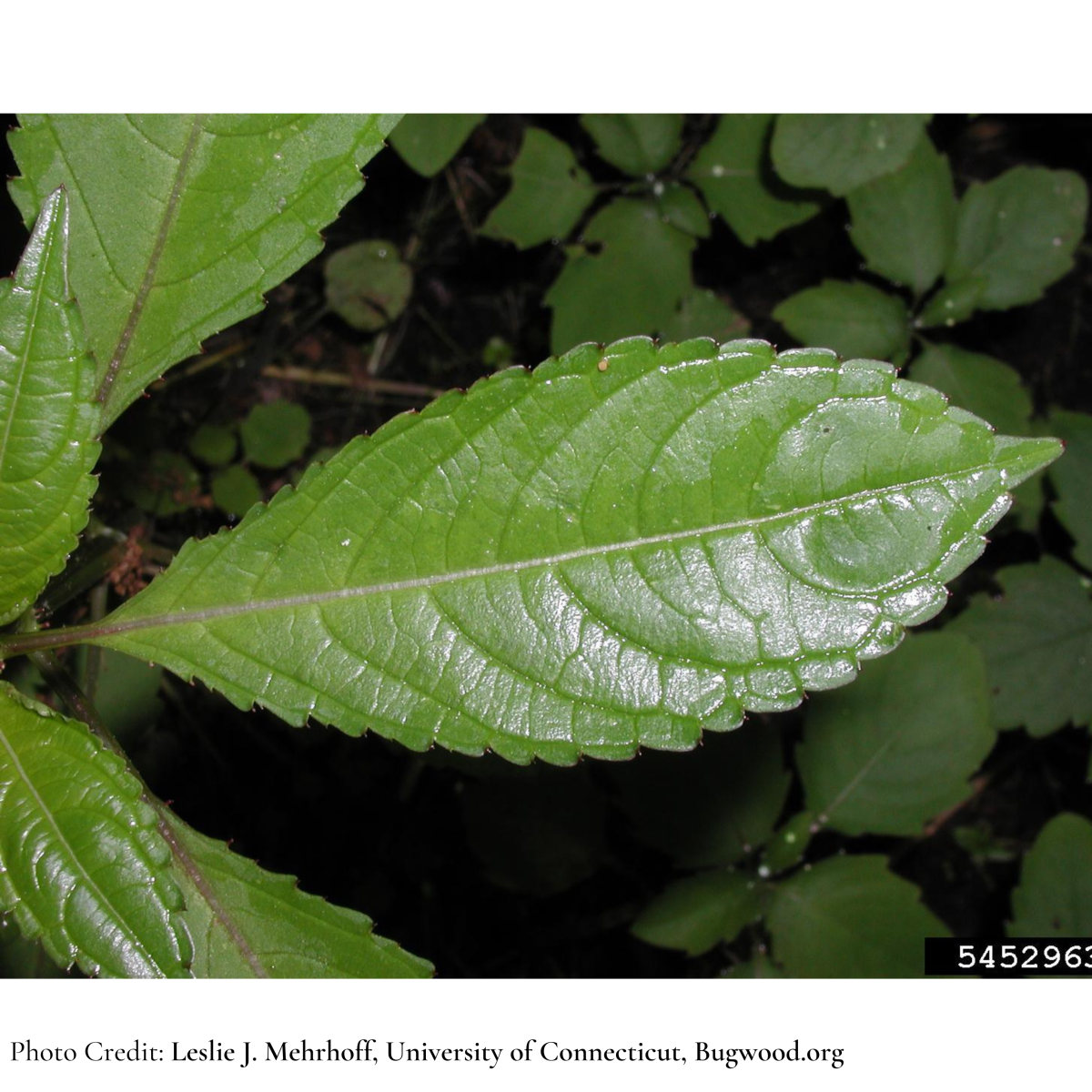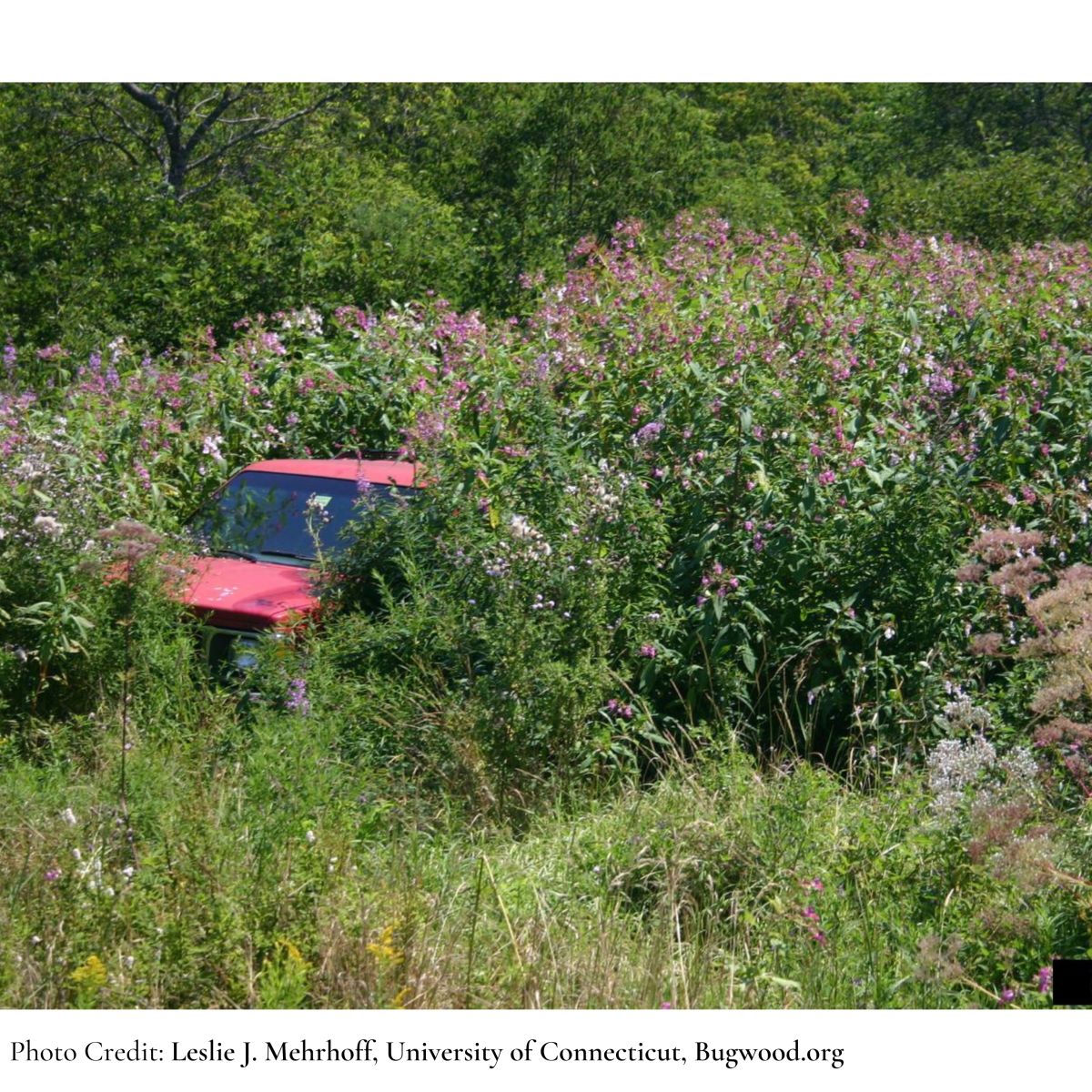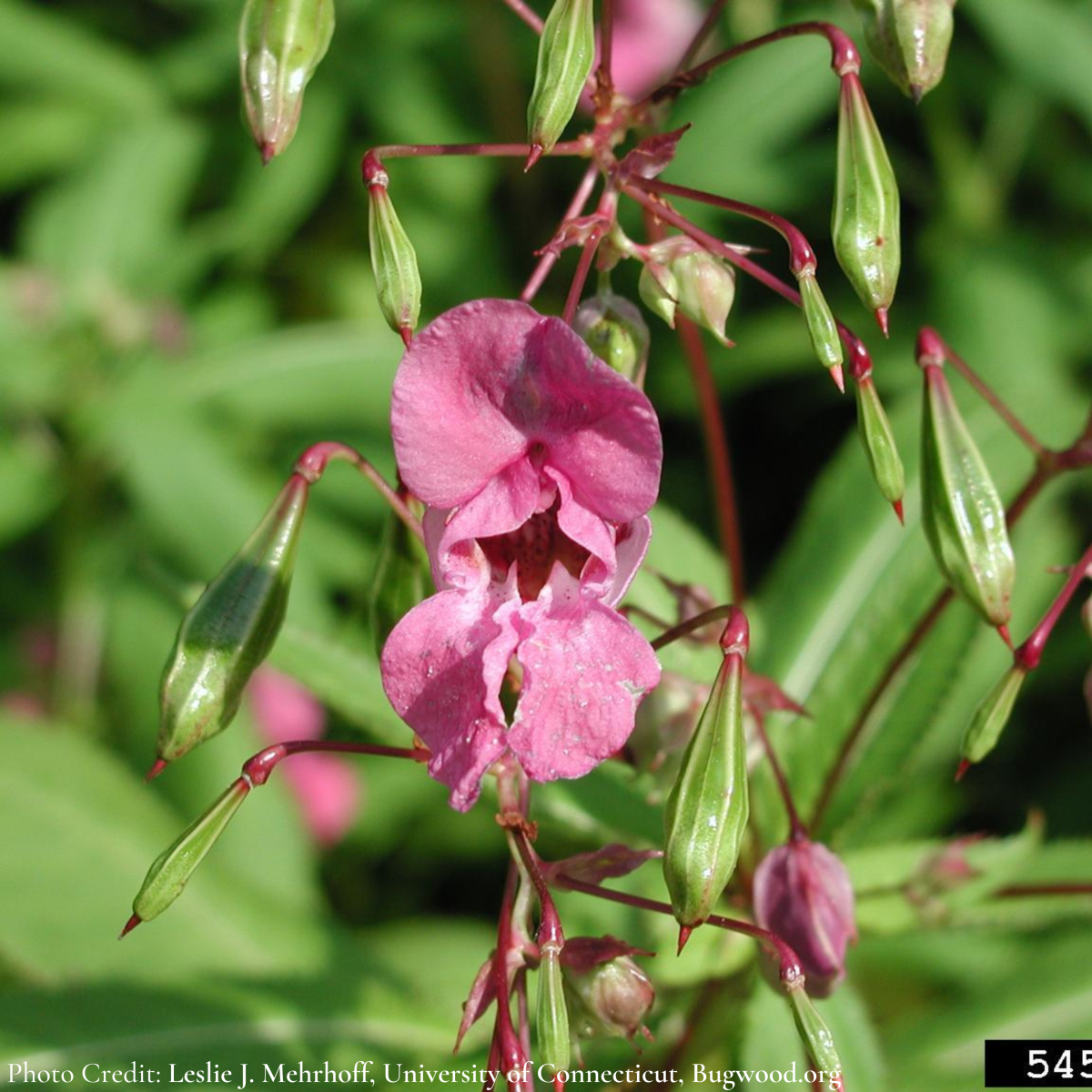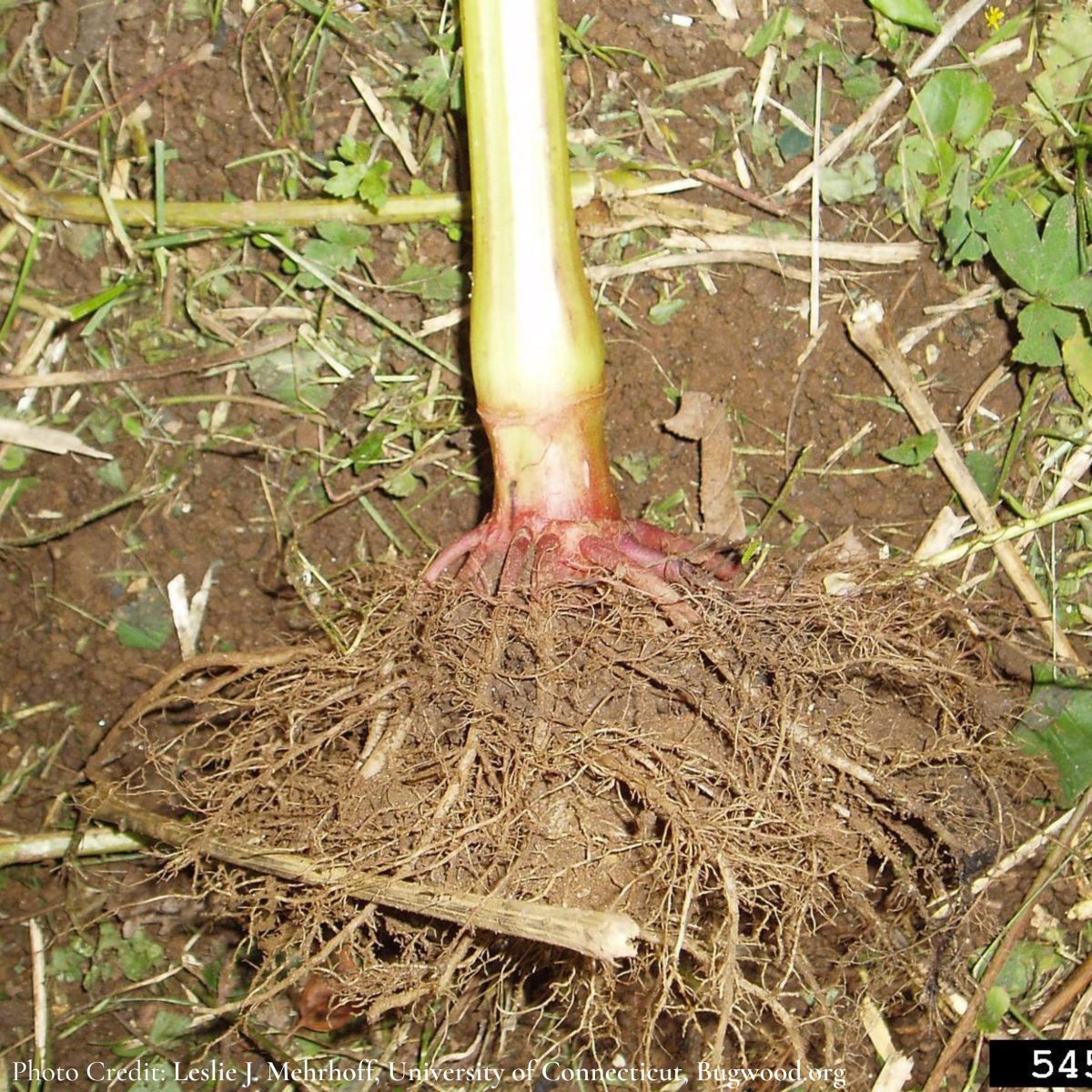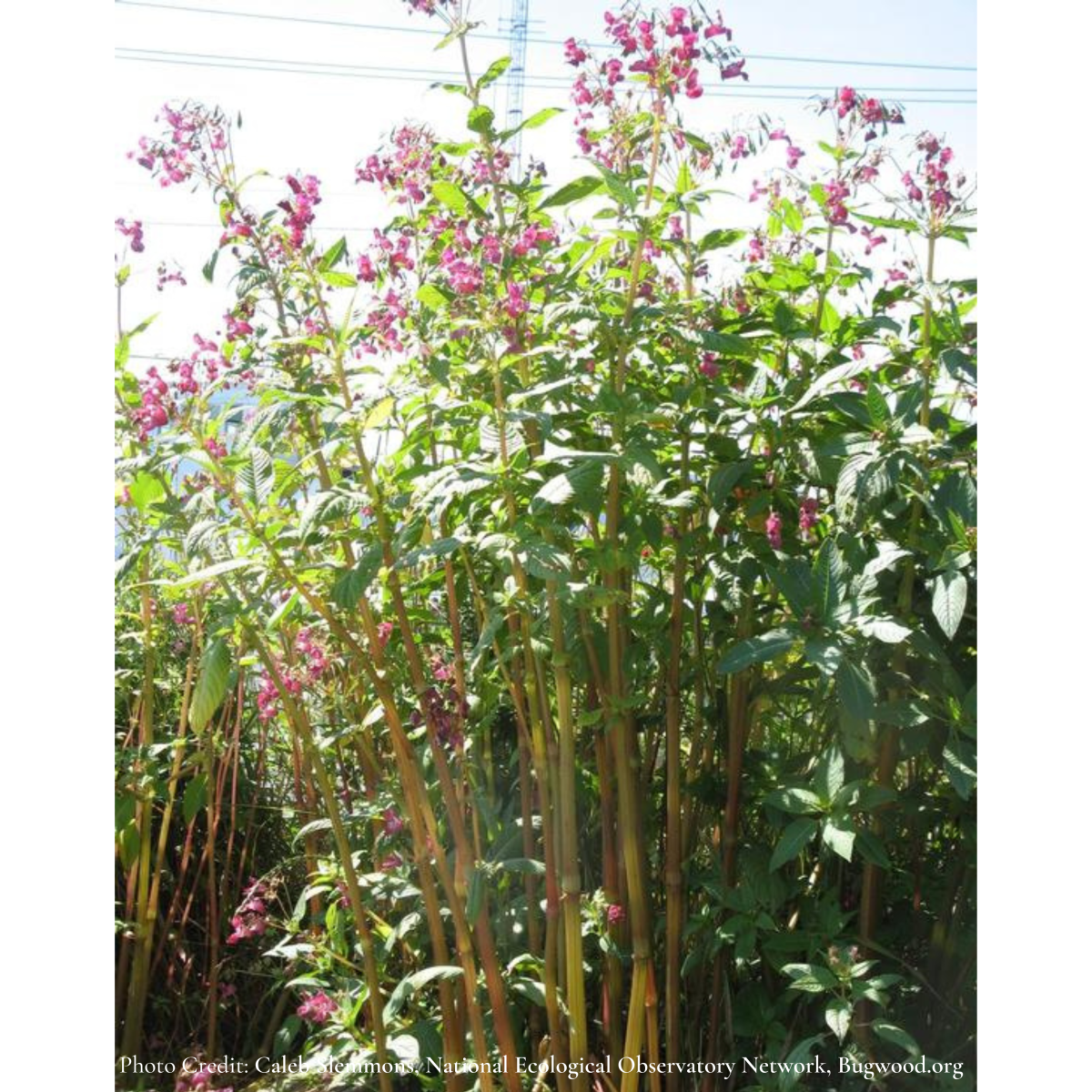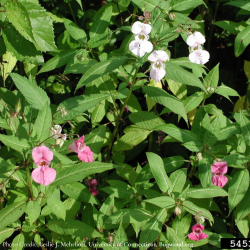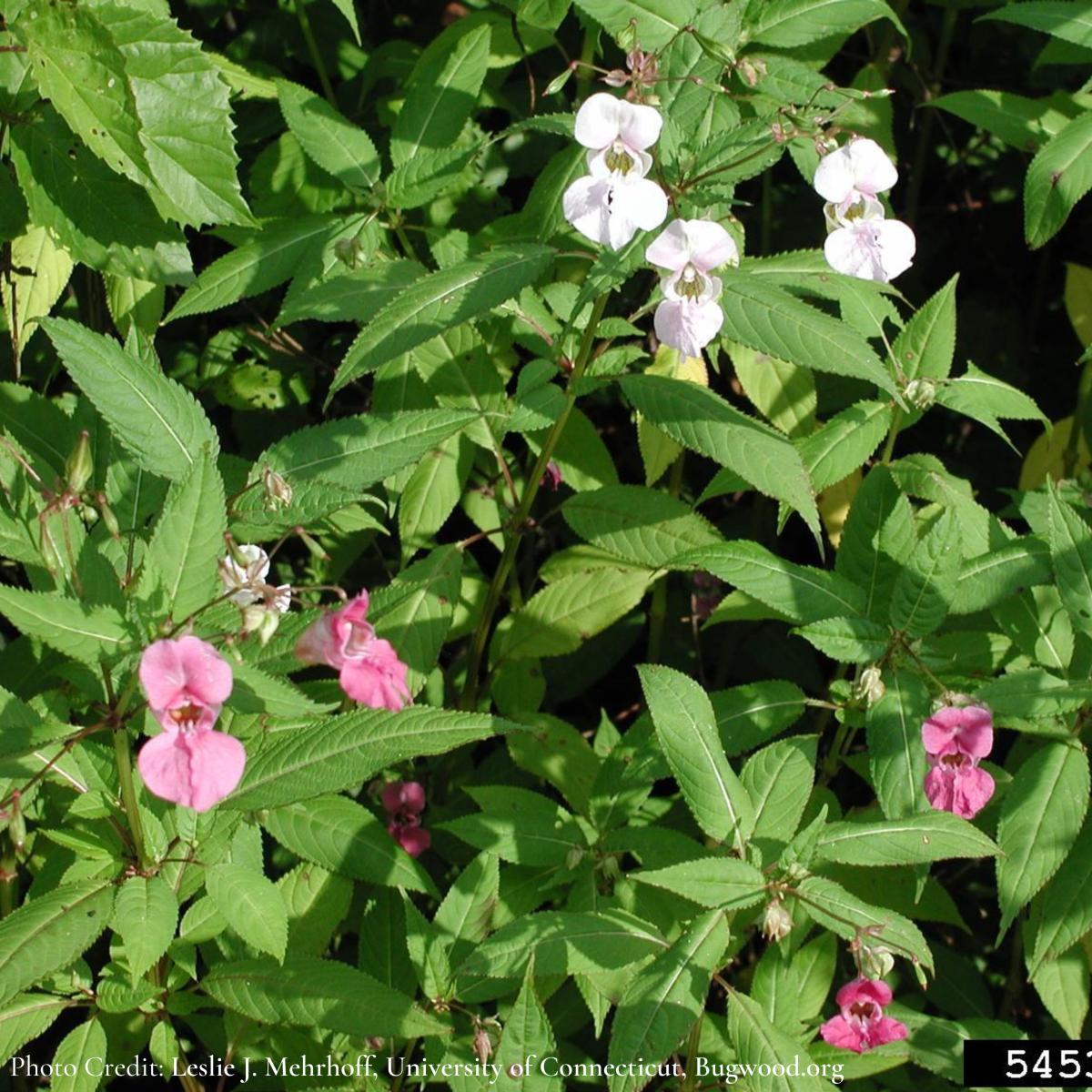
Priority: Prevent
General: Annual herb.
Height: 0.6 - 3.0 meters tall.
Flowers: Flowers resemble an old-fashioned policeman’s helmet, slippers or orchid flowers. Variety of colours: usually pink to fuchsia.
Leaves/Stems: Stems are upright, branched, hollow, and can be easily broken. Stems can be purple to reddish. Leaves are opposite to whorled (leaves radiating from same node), stalked, egg-shaped to elliptic, sharply and closely saw-toothed. Leaves decrease in size as they move up the stem.
Root: Fibrous root-system but shallow.
Policeman’s Helmet
Ornamental jewelweed
Himalayan balsam
Indian Balsam
Poor Man’s Orchid
Smallflower Touch-Me-Not (Impatiens parviflora) has yellow-orange flowers, more rounded leaves, and is much smaller. Exotic.
Orange Jewelweed (Impatiens capensis) has yellow to orange flowers, more rounded leaves, leaves with fewer serrations, and an alternate leaf arrangement. Native.
Where did it come from? Introduced from the Himalayas as a garden ornamental.
Where does it grow here? Although there are no sites recorded in the LRISS region, it is suspected that it is grown in local gardens. Can grow in moist or dry habitats but thrives in nutrient-rich moist areas. Common along streambanks, meadows, and disturbed areas.
Reproduction: Solely by seed.
When does it grow, flower & seed? Flowers bloom June to October, or until the first frost. Seeds set 13 weeks after flowering.
Spreads By: Seed capsules explode and release up to 2,500 seeds per plant up to 7m from the parent plant. Seeds can be further transported by water or by mowing the plant after seeds have set. Additionally, it is sold as a garden ornamental.
Plant Type: Annual forb.
- Forms dense monocultures & displaces native vegetation on stream banks.
- Leaves soil barren & exposed in the wintertime, creating erosion.
- It may attract pollinators due to sweet nectar drawing them away from native plants.
- Clogs drains, damages infrastructure, leads to costly repairs.
- Review your property regularly for this species. Check wildflower mixes to ensure they do not contain Policeman’s helmet.
- Treatment This is easily pulled-up by hand. When soil is moist, the roots are more likely to be fully removed. Seeds remain viable in the soil for 18 – 24 months so several treatments will be necessary.
- Cover bare patches or disturbed soil by planting or seeding with non-invasives.
- Check areas where you have removed invasives for any new plants that year and in future growing seasons.
- Dispose of invasive plants responsibly. Bag them for disposal at the local landfill. Composting and burning are not recommended.
- Contact LRISS for specific treatment recommendations.
Photo Gallery

